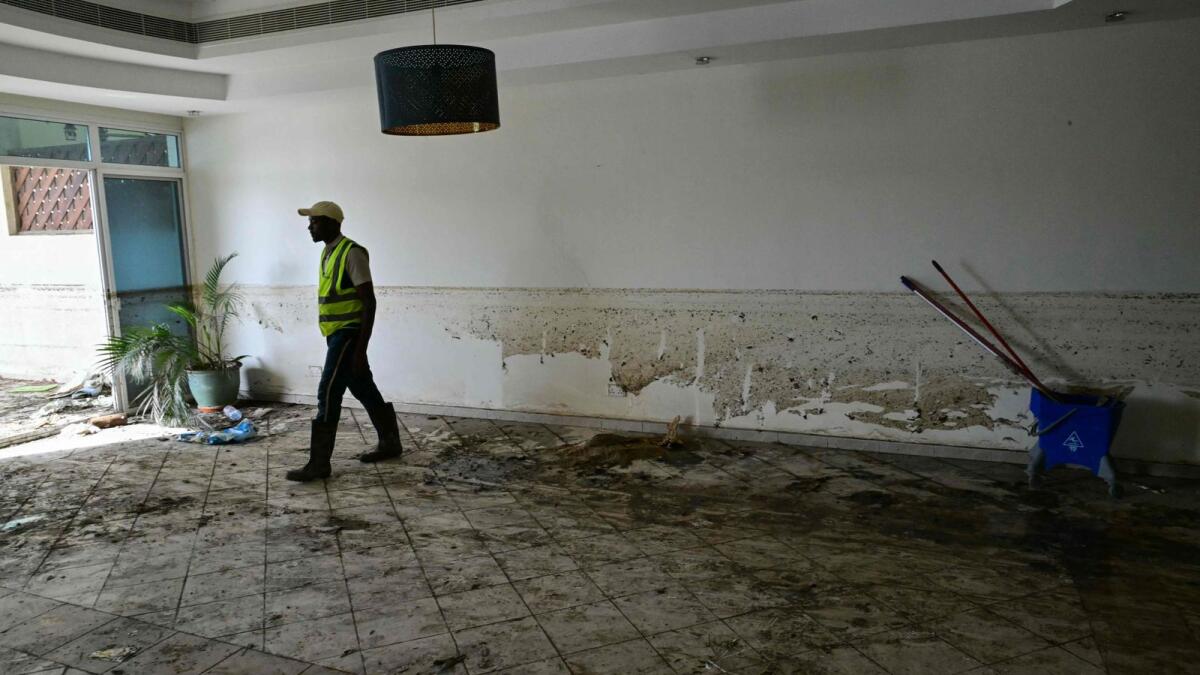The recent unprecedented rains in the UAE on April 16, 2024, have caused significant damage to properties and vehicles, resulting in a potential drop in profits for insurance companies by up to one-fourth in the second quarter. This unexpected event has led to an increase in insurance claims related to automobiles, villas, and commercial properties, with estimates suggesting that up to 100,000 vehicles were damaged during the rains. The impact of the rains on insurers’ profitability has been severe due to the surge in claims and higher reinsurance costs.
According to industry experts, the combined effect of increased claims and rising reinsurance costs is projected to decrease profits significantly, potentially leading to a profit drop of 15-25 percent compared to the previous quarter. While some insurers may face difficulties due to minimal reinsurance coverage or lower capital buffers, larger insurers with diverse portfolios and substantial capital reserves are better positioned to absorb the financial impact without slipping into outright losses. Reinsurance coverage plays a critical role in mitigating the financial impact of major claims caused by such natural disasters.
The floods in Dubai have also prompted insurers to increase motor rates to cover losses and higher expected reinsurance costs, aiming to improve future business profitability. Despite the challenges faced by insurance companies, investment income may help offset some of the financial impact, with investment income in the first quarter of 2024 showing a significant increase compared to the same period in 2023. This additional revenue source could help mitigate losses and improve overall profitability for insurers in the aftermath of the floods.
It is predicted that insurers’ profitability for 2024 will be impacted by the floods, particularly those with a greater exposure to motor comprehensive risks in Dubai. Property and engineering claims are expected to be ceded to the international market, potentially leading to changes in terms and conditions, including price and commission rates at renewal. While insurers may face challenges in the short term, investment income and the ability to restate reinsurance cover if exhausted could help alleviate some of the financial strain caused by the floods.
Despite the financial challenges posed by the unprecedented rains in the UAE, the industry remains resilient, with larger insurers better equipped to navigate through the storm. While some companies may face liquidity and solvency issues, efforts to increase motor rates and leverage investment income can help sustain profitability in the long run. As insurers assess the full extent of the losses and revise their strategies accordingly, the industry is expected to adapt and emerge stronger from the aftermath of the floods in Dubai.










